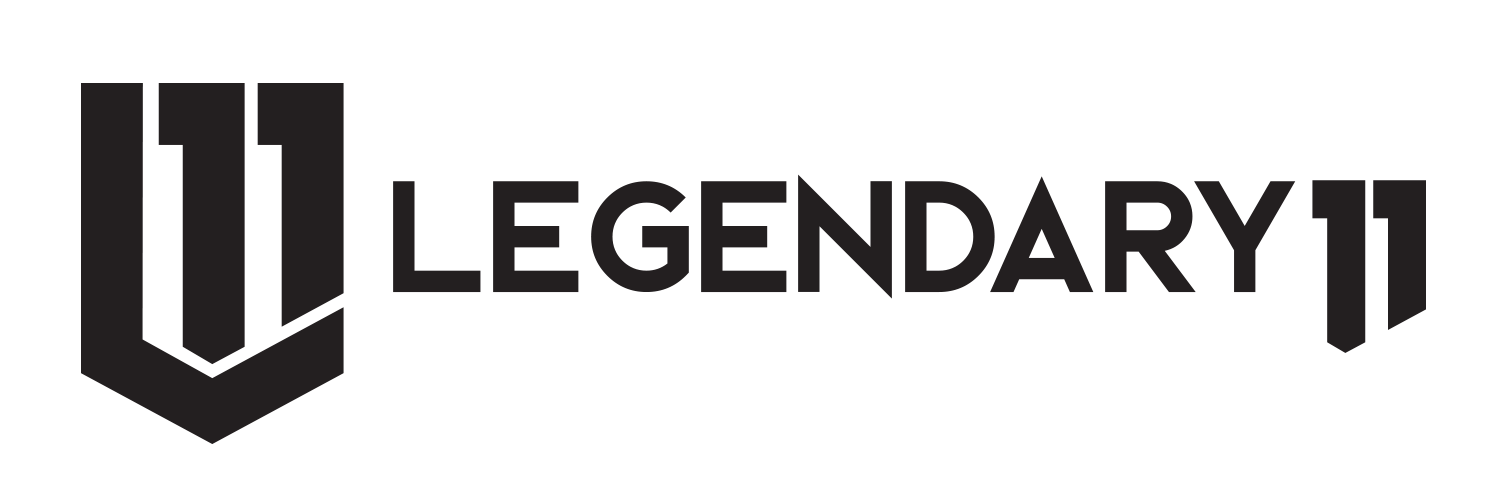In industries where continuous roll-to-roll processing is essential, such as printing, packaging, textiles, and film production, web guide systems play a critical role in ensuring product quality and operational efficiency. A core function of these systems is precision control, which keeps flexible materials such as paper, plastic film, foil, or nonwovens accurately aligned during high-speed movement. Without precise control, even minor deviations can lead to costly errors like material waste, print misalignment, and equipment downtime.
What Is Precision Control in Web Guide Systems?
Precision control refers to the system’s ability to maintain consistent lateral positioning of a moving web. As the material unwinds and travels through various processing stations, its alignment must remain exact to avoid defects. Precision control systems detect any misalignment and make real-time corrections through mechanical actuators or motor-driven mechanisms.

Key Components Enabling Precision Control
Sensors
High-resolution edge sensors, line sensors, and contrast sensors detect the position of the web relative to a reference point. Advanced web guide sensors can handle a wide variety of materials, including transparent and reflective webs. Technologies like ultrasonic, infrared, and optical imaging enable non-contact and high-speed detection with micrometer-level accuracy.
Controllers
The control unit interprets sensor signals and calculates the necessary correction. Web guiding controllers use PID algorithms or adaptive logic to optimize correction signals, ensuring stable and accurate tracking even under fluctuating web speeds or tension variations.

Actuators
Electromechanical actuators, including stepper motors and servo motors, convert control signals into physical movements that adjust the web path. These actuators are responsible for the swift and accurate repositioning of the web to maintain proper alignment.
Importance of Precision Control
Product Quality: In printing or coating applications, even a slight lateral shift can result in misaligned graphics or uneven coating, making the product unacceptable.
Material Efficiency: Poor alignment leads to edge trimming or rewinding, causing material waste.
Machine Protection: Misaligned webs can jam machinery or damage sensitive components, leading to costly downtime.
Speed Optimization: Precision control enables higher line speeds without compromising quality, increasing overall throughput.
Challenges Addressed by Precision Control
Variable Tension: Web tension may fluctuate during operation; precision systems adapt in real time to maintain alignment.
Material Variability: Thin or elastic materials are prone to distortion. Accurate sensors and responsive actuators help manage these challenges.
Environmental Conditions: Dust, vibration, and temperature shifts can affect web behavior. Precision systems are built to withstand such factors and maintain performance.
Applications of Precision-Controlled Web Guide Systems
Printing and Packaging: Ensuring exact color registration and die-cut alignment.
Battery Manufacturing: Accurate placement of electrodes and separators.
Textiles: Maintaining fabric straightness during dyeing or coating.
Labeling: Precise label placement and cutting on rolls.
Innovations in Precision Control for Web Guide Systems
1. Integration of Advanced Sensor Technologies
One of the most significant advancements in web guiding conyrol systems is the use of high-resolution edge and line sensors. Innovations in ultrasonic, infrared, and CCD/CMOS camera-based sensors allow for real-time, non-contact detection of web edges with micron-level accuracy. These sensors can adapt to a wide range of materials, including transparent and highly reflective surfaces, which traditionally posed detection challenges.

Smart sensor algorithms are also now capable of self-calibration and compensation for material opacity, texture, or vibration, leading to enhanced reliability and reduced need for operator intervention.
2. Closed-Loop Control with Adaptive Algorithms
Modern web guide systems increasingly rely on closed-loop feedback control combined with adaptive algorithms. These systems dynamically adjust actuator responses based on real-time feedback, compensating for disturbances such as material tension variations, environmental conditions, or mechanical wear.
Advanced control methods such as model predictive control (MPC) and fuzzy logic are being implemented to enable predictive adjustments that reduce overshooting and oscillation, ensuring smoother operation and prolonged equipment life.
3. Servo-Driven Actuators with High-Speed Response
Servo-driven actuators are replacing traditional pneumatic or stepper motor systems due to their fast response time, accuracy, and energy efficiency. Equipped with brushless DC or linear motors, these actuators deliver precise lateral movement with minimal lag, allowing for fine-tuned web alignment even at extremely high line speeds.
Moreover, integrated position encoders provide accurate displacement data that feeds directly into the control loop, allowing for ultra-fine adjustments in real time.
4. Machine Learning and AI for Predictive Optimization
Innovators are incorporating machine learning (ML) and AI-based analytics into web guide systems to predict alignment deviations before they occur. These smart systems learn from historical process data to identify patterns, enabling predictive maintenance, anomaly detection, and real-time optimization.
For example, an AI-powered controller may adjust guiding parameters based on the type of material, speed of operation, and previously detected alignment behaviors—improving setup efficiency and reducing waste.
5. Modular and IoT-Enabled Systems
The emergence of modular web guide architectures allows manufacturers to customize their systems based on specific application needs. These modules can be easily upgraded with new control units, sensor heads, or actuators.
Furthermore, IoT connectivity enables remote monitoring, diagnostics, and software updates. Web guide systems equipped with edge computing capabilities can process sensor data locally for real-time corrections while syncing key metrics to cloud platforms for long-term process improvement.
6. Multi-Web and Multi-Lane Control Innovations
In processes involving multiple webs or lanes running simultaneously, precision control becomes increasingly complex. Modern systems offer multi-channel synchronized control, allowing independent but coordinated adjustment of each web path.
Advanced systems can now manage overlapping webs, slit materials, or converging web lines, ensuring perfect registration even in challenging layouts—particularly important in multilayer packaging or roll-to-roll battery production.

Final Thoughts
Precision control is the foundation of effective web guiding, directly influencing production quality, operational efficiency, and profitability. As industries demand higher speed, better accuracy, and less waste, web guide systems with advanced precision control are becoming indispensable tools in modern manufacturing environments.











Comments (0)